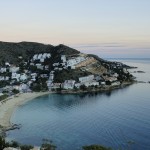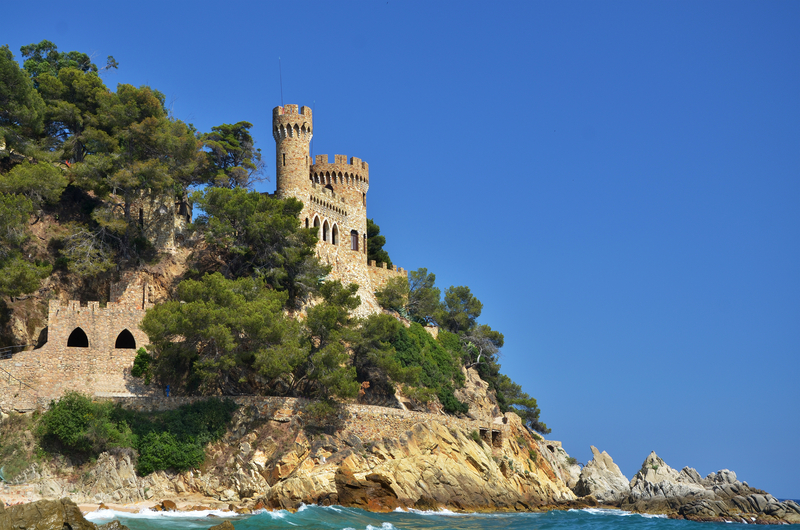The beautiful Costa Brava area of Spain lies in the Catalonia region, which is adjacent to France and the Mediterranean Sea. Costa Brava is renowned for its rich history and great climate, and it contains several destinations that have become popular with vacationers. Although it's most famous for its beaches, there are many fascinating places to visit.
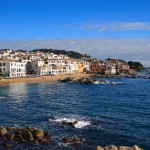 |
Those who enjoy culture and history will be pleased to know that Calella has an interesting past, dating back to the Medieval era when the town was developed under hegemony of Barcelona’s Counts. Southwest Calella boasts an impressive lighthouse, which was constructed in 1859, and features two towers called “Les Torretes.” Calella is also home to a historical museum, which contains works of art dating back to the Roman era. |
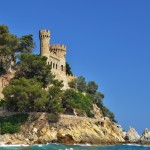 |
The coastal town of Lloret de Mar is not far from Barcelona, and it's perhaps the busiest tourist resort in Costa Brava. Not surprisingly, Lloret de Mar is best known for its fantastic beaches and active nightlife. However, there are several important historical locations to see, including the 11th century Castle of Sant Joan and the 16th century Church of Sant Romà. |
| Roses | |
| The coastal resort town of Roses sits on the northern end of Spain’s beautiful Gulf of Roses. Its location on the Costa Brava coast and the gulf’s quiet waters — a natural harbor — has made it a highly valued prize that was sought after and fought over by several countries over the years. Today, those same quiet, clear waters and beautiful location have made the town of Roses, which is located in Catalonia’s Girona province, a popular tourist destination | |
| Tossa de Mar | |
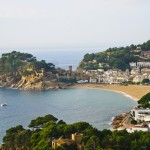 |
Tossa de Mar is another seaside town in Costa Brava with an interesting history. In fact, the only fortified medieval town that remains on the Catalan Coast — the 14th century Vila Vella enceinte — can be found here. Visitors can still visit its stone walls and towers. Additionally, the old part of Tossa de Mar has the remains of ancient Gothic and Roman churches. And like Lloret de Mar, there are plenty of beaches to be found there. |
 |
One of Costa Brava's most important cities is Figueres, which is located in the northeastern part of Catalonia. In addition to being politically influential, Figueres is celebrated for being the birthplace of Salvador Dali. Indeed, the city is home to the Teatre-Museu Gala Salvador Dali, which is a huge museum designed by the artist himself. It's truly a must-see for anyone who travels to Figueres. |
| Pals | |
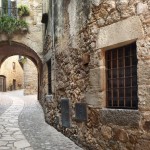 |
The small town of Pals is a great spot for visitors who want to authentically experience life in Costa Brava. Since it's slightly off the Mediterranean Sea, the average tourist never makes it to Pals. Therefore, it's the ideal location to try Catalan cuisine and examine the regional culture firsthand. However, there are still several historical sites to see, such as Pals' four towers dating all the way back to the 4th century. And most importantly, everyone who visits the town should go to the Torre de les Hores, a magnificent Roman tower built nearly a millennium ago. |
